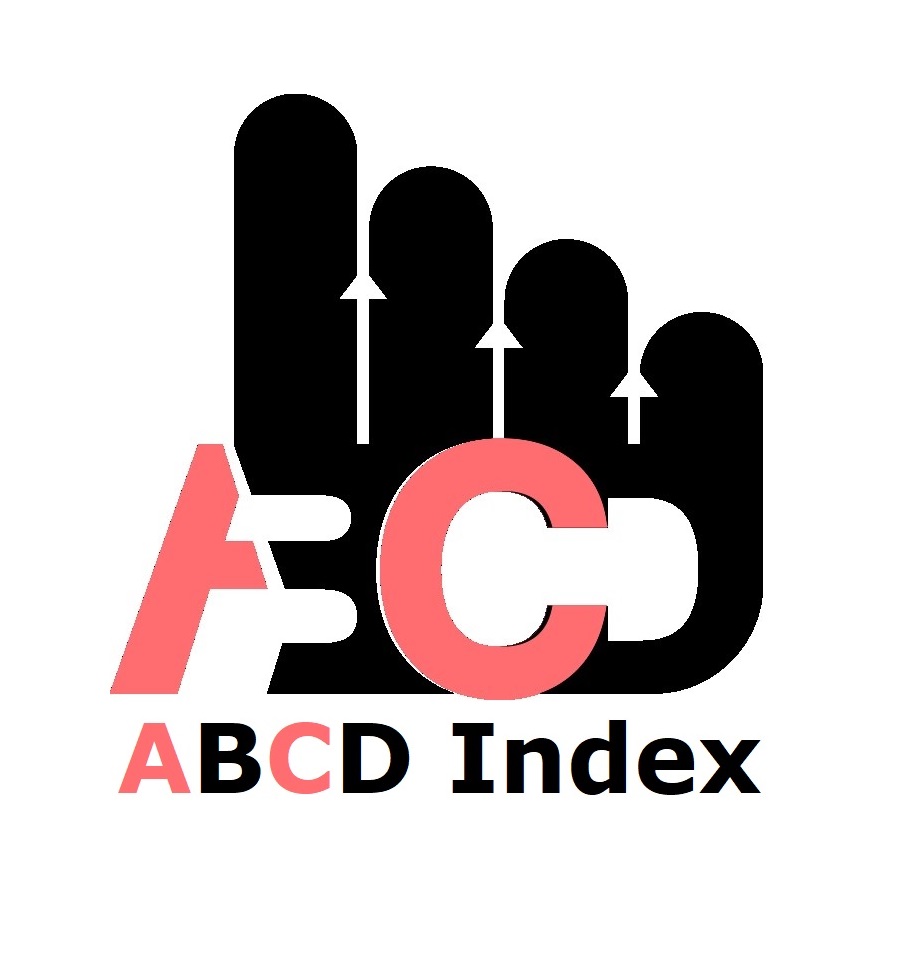Comparison of the Performance of Logistic Regression Model in the Presence and Absence of Mediation
Keywords:
HIV Prevalence, Logistic Regression, MediationAbstract
Over the last decade major global efforts mounted to address the HIV epidemic has realized notable successes in combating the pandemic. Sub Saharan Africa (SSA) still remains a global epicenter of the disease, accounting for more than 70% of the global burden of infections. Despite wide spread use of various intervention strategies that act as mediation factors in Human Immunodeficiency Virus (HIV) prevention, HIV prevalence still remains a challenge especially in some geographic areas and populations. Therefore, how mediation factors interact with the prevailing HIV risk factors to cause an impact on its prevalence remains a question not answered. This study considered Exposure to HIV related media as a mediator variable in the relationship between HIV risk factors and HIV prevalence. Two logistic regression models, one in presence of mediation and another in absence of mediation were formulated and compared to establish the best performing model. Models were fitted to real data from the Kenya Population-based HIV Impact Assessment survey-2018 and model parameters were estimated using Maximum Likelihood Estimation in R. Results based on both Akaike’s Information Criterion and the McFadden’s R2 value revealed that the model formulated in presence of mediation performed better compared to that without mediation.
Published
How to Cite
Issue
Section
Copyright (c) 2023 Ruth Naomi Wanga, David Anekeya Alilah, Everlyne Akoth Odero

This work is licensed under a Creative Commons Attribution-NonCommercial 4.0 International License.
Most read articles by the same author(s)
- Anastasha Cherotich, Dr. Rose Nereah Olayo, Dr. Everlyne Akoth Odero, Cultural Factors as Determinant of Teen Pregnancy Prevalence in Kakamega County, Kenya , African Journal of Empirical Research: Vol. 5 No. 3 (2024): Jul-Sep 2024
- Henry Ambrose Ojwang, Dr. Maximilla Mwanzala, Dr. Everlyne Akoth Odero, Psychological Effect of COVID-19 on Health of Medical Personnel in Hospitals in Eldoret Town, Kenya , African Journal of Empirical Research: Vol. 5 No. 3 (2024): Jul-Sep 2024
- Linus Omina Wakhu, Everlyne Akoth Odero, Drinold Mbete, Modeling the effect of COVID-19 mortality shock on fertility rates in Kenya using negative binomial regression model , African Journal of Empirical Research: Vol. 6 No. 2 (2025): Apr-Jun 2025























